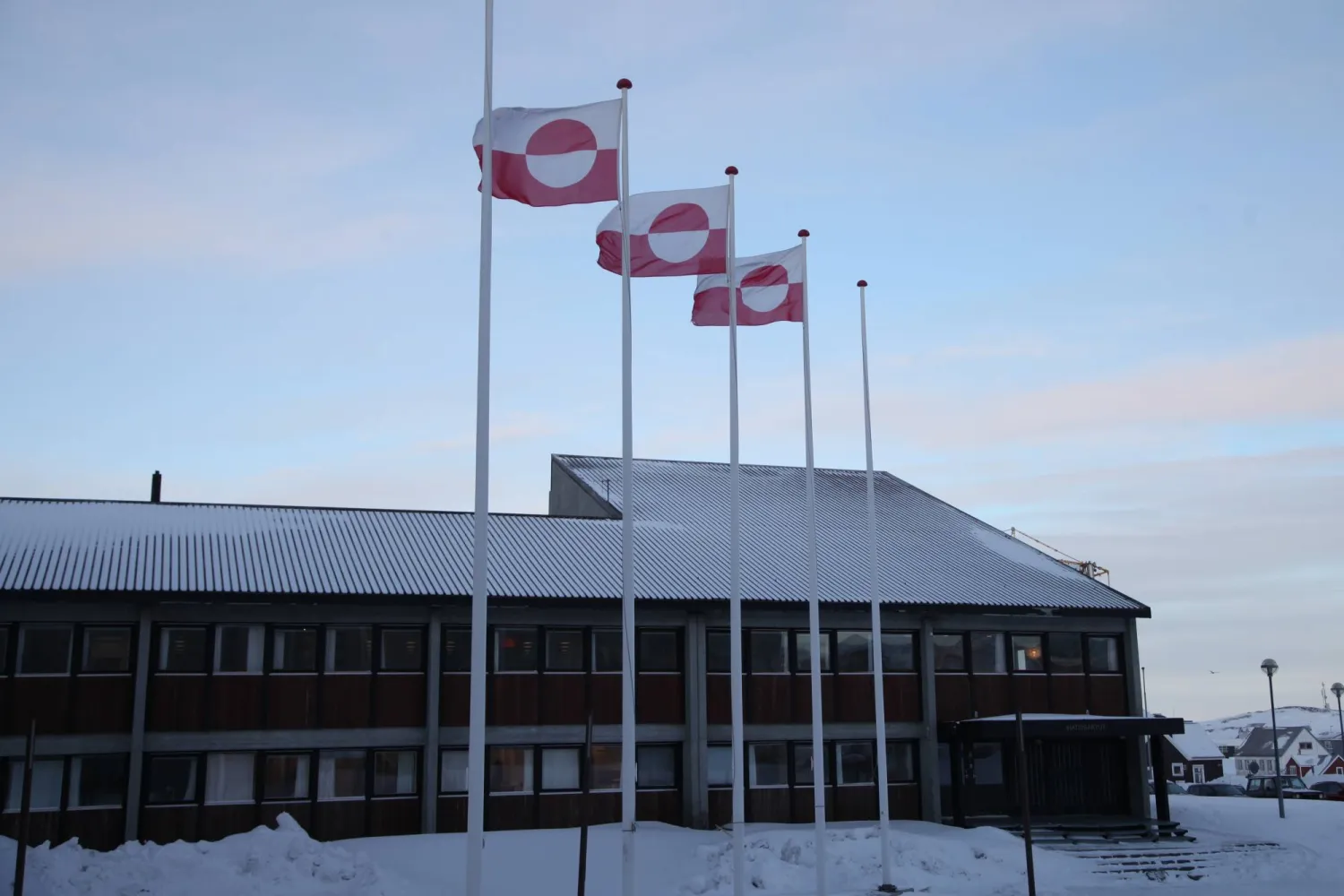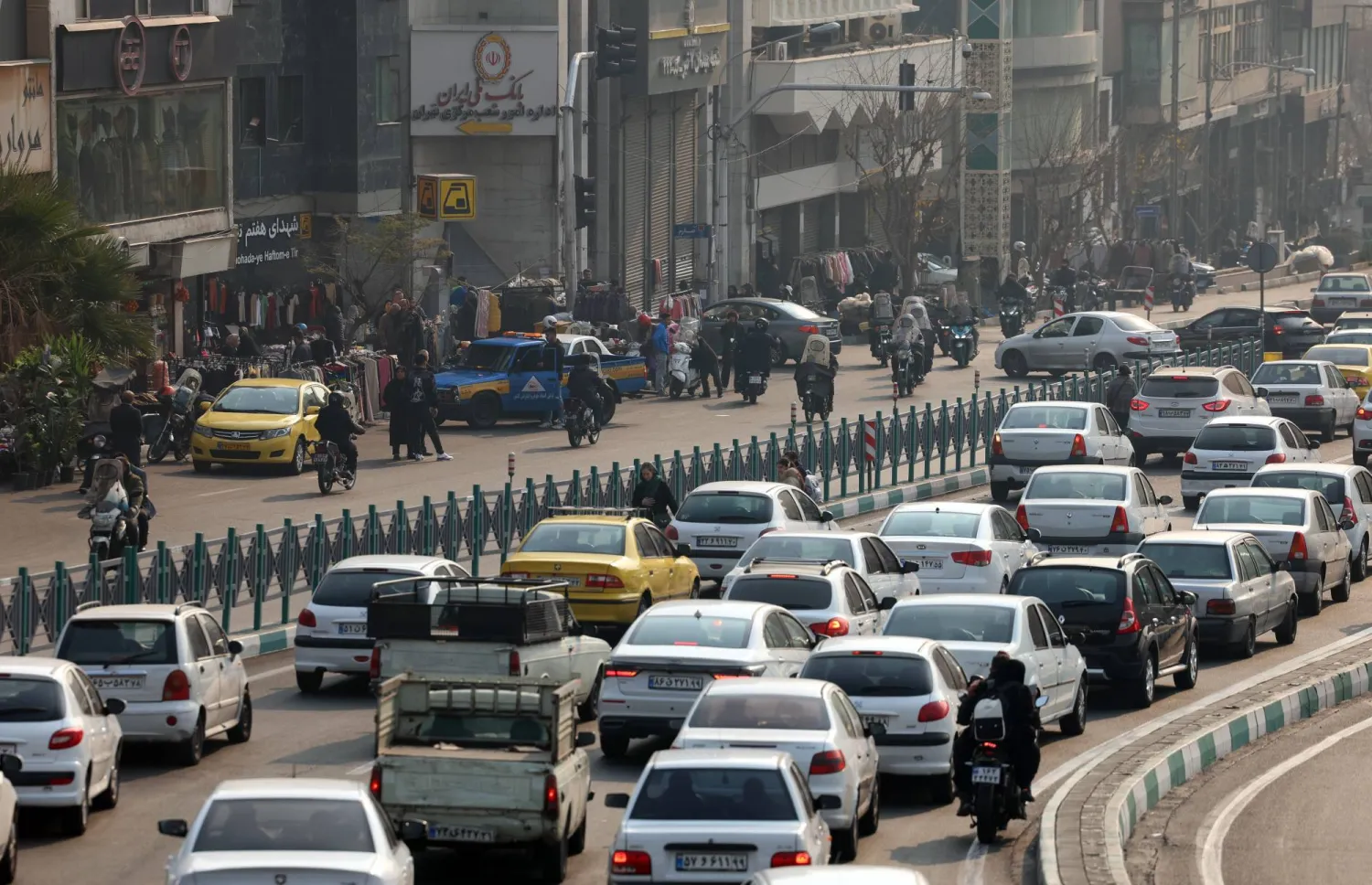It appears that the war on Gaza has impacted Iran’s military deployment in Syria. Local sources said Tehran has started to put in place plans for the relocation of Iranian Revolutionary Guards (IRGC) headquarters from the Damascus countryside to regions close to the border with Lebanon after the killing of several of its prominent members in Israeli strikes in recent months.
Syria has notably taken “neutral” and even “cold” stances towards Iran in wake of these developments, amid Iranian suspicions that Syrian security agencies could have leaked information about its officers who were later targeted by Israel.
Iran also appears to be alarmed by Damascus’ openness to overtures to return to the Arab fold, which could be interpreted as distancing itself from Tehran.
Asharq Al-Awsat was in Syria where it witnessed how the deployment of gunmen at the Sayyeda Zainab region has become limited to Lebanese Hezbollah members when Iran’s presence used to be felt in the past. The area is a destination for Shiite visitors from Iran, Iraq, Lebanon, Pakistan and Afghanistan.
Local sources in the town of Hujeirah north of Sayyeda Zainab told Asharq Al-Awsat: “This is the headquarters of Iranian religious and military leaders. Ever since Israel intensified its strikes on the region, we have started to see very little of them. We have hardly seen them as of late. They have disappeared.”
Israel struck in April the Iranian consulate in Damascus, leaving seven people dead, including Mohammad Reza Zahedi, commander of the IRGC’s Quds Force in Syria and Lebanon. The development was a blow to Iran who after a decade of conflict in Syria, had sent tens of thousands of Iraqi, Afghan and Pakistani militia members to back the Damascus regime.
Fears and evacuation plans
A source close to a high-ranking Iranian “adviser” in Syria spoke of the deep fear over his life the latter is experiencing in wake of the repeated Israeli strikes. He quoted the adviser as saying that he was being forced to “sleep in the open over fears for his life”.
Sources from pro-Iran militias in the Damascus countryside said Tehran has come up with plans to evacuate IRGC members from Syria given “the mounting Israeli pressure.” They are expected to leave through Damascus International Airport and across the border with Iraq.
The IRGC had already evacuated its known headquarters in the Damascus countryside and relocated to areas to close to the Lebanese border, said local sources that observed their movement.
Israel had intensified its strikes against Iranian targets in Syria since the eruption of the war on Gaza on October 7.
Sayyeda Zainab
Sayyed Zainab is viewed as the main headquarters of the Iranian forces in Syria. Now, it has become devoid of Iranians or militias loyal to them. The forces quit the area in wake of an Israeli strike that killed Reza Mousavi, a top commander, in December.
Asharq Al-Awsat toured the area and noted that gunmen deployed in the area are limited to Hezbollah members.
In spite of the situation on the ground, Iranian Ambassador to Syria Hossein Akbari stressed that his country will not withdraw militarily from the country.
Commenting to Syria’s Al-Watan newspaper on reports that the Iranian advisers were leaving, he said: “We are present in Syria, and we will never withdraw from it.”
Iran was Syria’s top backer from the early days of the Syrian conflict that broke out in 2011. It has supported it on the political, military and economic levels. Around 3,000 IRGC members are deployed in the country, according to the Syrian Observatory for Human Rights.
Influence
Hezbollah is the most powerful Shiite militia in Syria and it comes only second to the IRGC in terms of influence, a source close to the party told Asharq Al-Awsat.
The party is focusing on managing communication with regular Syrians, it added. The party leaders are “very keen on avoiding provoking Syria’s Sunni majority.” They have forged good relations with society figures in areas where they are deployed, such as al-Qusayr in Homs and al-Qalamoun in the western Damascus countryside.
In many instances, they have protected locals against the practices of the Syrian security forces, said the source.
For the Syrian authorities, the discipline of Hezbollah members and leaderships is seen in a positive light, contrasted with the Iraqi militias that are undisciplined, said another source.
On relations between Damascus and Hezbollah, a source close to the Syrian authorities told Asharq Al-Awsat that Hezbollah leaderships “always intervene to ease tensions that may arise with Iranian or Iraqi militias.”
“We enjoy a long history of cooperation with them. They understand our way of thinking,” he added.
Moreover, he said Hezbollah Secretary General Hassan Nasrallah has long used his personal influence with Syrian President Bashar al-Assad to “resolve several disputes”. He recently played a role in easing tensions between Syria and Iran, leading him to defend during a recent televised address Syria’s decision to not become involved in the war on Gaza.
Syria distances itself
Contrary to Iran’s allies in Lebanon, Iraq and Yemen, the authorities in Syria chose to remain on the sidelines in the war. For example, the Israeli-occupied Golan Heights has seen little unrest.
Sources in Damascus said: “The Iranians fail to understand Syria’s neutral position on Gaza and its refusal to open the Golan front.”
The Iranians believe their country “has paid dearly in defending the Syrian regime, which in turn, is luring dialogue offers from the West that are seen as a reward for its decision to distance itself” from the war. “This is something the Iranians will not accept,” they added.
They explained: “Some Syrian officials believe that any Iranian regional gain will inevitably come at Damascus’ expense as evidenced by how terrified the regime was at the beginning of the war on Gaza of Iran and the United States possibly striking a deal.”
As tensions between Damascus and Tehran continue, Iranian advisers in Syria have said they no longer hold the same respect among the people.
“We have no value here in Syria. No one cares about us. Back home, I was in charge of an entire province and the people were grateful to me. Here, no one even respects us,” a source quoted an Iranian general in Syria as saying.
Jaramana: The Iraqi ‘capital’
The situation is viewed differently by the leaders of various Iraqi militias. They believe they know the Syrians better than the Iranians and Lebanese militants.
“Hezbollah officials believe we must cater to the Syrian officials. The Iranians share the same view, but our experience has shown that the Syrians may openly adopt a hard line, while in fact they are actually much weaker than they appear,” a source quoted a medium-ranked Iraqi militia member as saying.
Damascus officials have criticized Iraqis for their excessive involvement with the Syrians, most notably in Jaramana city in the eastern Damascus countryside. The city has become known as the Iraqi “capital” given the heavy presence of the militias there.
The source said the fighters spend their time at the nightclubs in the city, “which poses high security risks.” He also spoke of doubts harbored by the Iranians that the militias may have leaked information about the Iranians and Hezbollah in Syria.
Hezbollah has been informed of several leaks that can be traced back to its own members.
Relations turn cold
Syrian security agencies have also been suspected of leaking sensitive information about the Iranians to Israel that led to the killings of Iranian officials, “who died in defense of the Syrian regime.”
President Assad has also referred to retirement several security and military officials who were in charge when Iran was deepening its influence during the war and so understand all it has offered the country, further straining relations between Tehran and Damascus.
Sources following the course of Syrian-Iranian relations told Asharq Al-Awsat that the developments took place as Iran is secretly alarmed by the Arab openness towards Damascus and the regime turning towards the Arab fold.
The shift is seen as a response by Damascus to agreements reached between Iran and the US that did not sit well with the regime. One such deal was the 2022 agreement reached between Lebanon and Israel over their joint maritime border, said the sources.
The tensions continue. Iran has been exerting more pressure on the Damascus government to pay debts owed to it, in a bid by Tehran to impose more restrictions and extract more commitments from it so as to limit is ability to maneuver in the region.
In August 2023, a classified Iranian government document was leaked to the media. It spoke of how Tehran spent 50 billion dollars on the war in Syria in ten years. The sum is viewed as a debt it wants Damascus to pay in the form of Iranian investments in phosphates, oil and other resources in Syria.
The Syrians at the time approached the Iranians for a denial of the document, but they refused, saying they do not comment on media claims. This was interpreted as an Iranian move to lead Syria and Arab countries to believe that Damascus was shackled by Iranian debts, informed sourced told Asharq Al-Awsat.
The sources following the Syrian-Iranian ties quoted a Syrian official as saying: “We went along with the Iranians, but we realized that they have not fulfilled several of their commitments. We are now trying to get out of this situation. This is our chance and we must explore it for the sake of the future of our country.”
Gaza rift
The war on Gaza has revealed a rift between Tehran and Damascus. The informed sources said Damascus sensed there was a possibility to normalize relations with the West because it refused to become involved in the war.
Signs have emerged that Syrian-Iranian relations have grown cold. No Iranian officials were invited to the Quds Day commemoration that was held south of Damascus in April. Posters of the Iranian president, Supreme Leader Ali Khamenei and Hezbollah’s Nasrallah were noticeably absent at the event in contrast to previous years.
Meanwhile, a fuel shortage in Syria appears to have deepened, another sign of strains with Iran, which is the country’s main supplier.
And on the advent of the holy fasting month of Ramadan earlier this year, Assad exchanged cables of congratulations with several Arab leaders. His exchange with Iranian officials was notably not covered by the media. Congratulations on the Eid al-Fitr holiday with Iran were also left out of the coverage.









